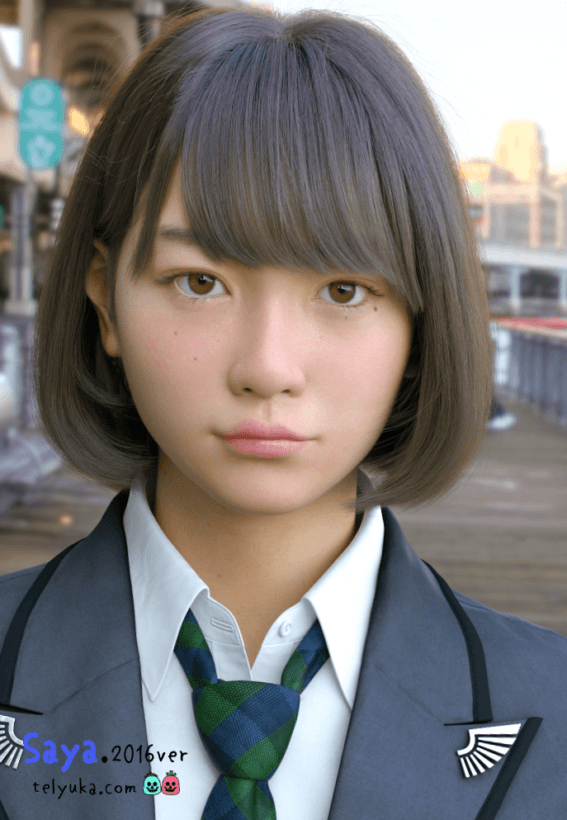A startup gives chatbots and virtual assistants realistic facial expressions and the ability to read yours.
ould your banking experience be more satisfying if you could gaze into the eyes of the bank’s customer service chatbot and know it sees you frowning at your overdraft fees? Professor and entrepreneur Mark Sagar thinks so.Related and quite amazing:
Sagar won two Academy Awards for novel digital animation techniques for faces used on movies including Avatar and King Kong. He’s now an associate professor at the University of Auckland, in New Zealand, and CEO of a startup called Soul Machines, which is developing expressive digital faces for customer service chatbots.
He says that will make them more useful and powerful, in the same way that meeting someone in person allows for richer communication than chatting via text. “It’s much easier to interact with a complex system in a face-to-face conversation,” says Sagar.
Soul Machines has already created an assistant avatar called Nadia for the Australian government. It’s voiced by actor Cate Blanchett and powered by IBM’s Watson software. It helps people get information about government services for the disabled. IBM has prototyped another avatar, Rachel, that helps with banking.
The movements of Soul Machines’s digital faces are produced by simulating the anatomy and mechanics of muscles and other tissues of the human face. The avatars can read the facial expressions of a person talking to them, using a device’s front-facing camera. Sagar says people talking to something that looks human are more likely to be open about their thoughts and be expressive with their own face, allowing a company to pick up information about what vexes or confuses customers....MORE, including video.
September 2016
Computer Generated Imagery Is Crossing the Uncanny Valley
...We’ve become pretty good at making CGI look like it’s almost real, but the real challenge is making it seem like its normal.
Japanese artists Teruyuki Ishikawa & Yuka Ishikawa — otherwise known as Telyuka — started a project in 2015 to create an extremely realistic computer-generated schoolgirl. Her name is Saya, and she has been improved on since then.
This is the 2016 version (click to enlarge):

And these are some pictures of the 2015 version...
...MORE